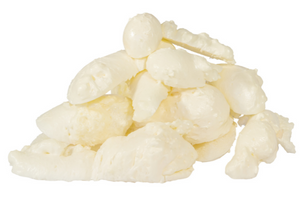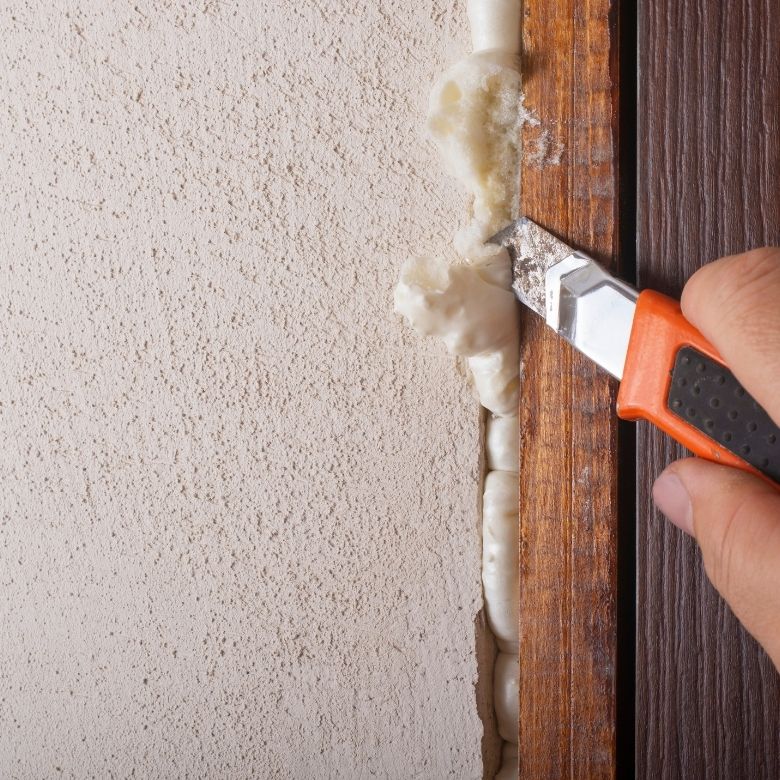As one of the most popular insulation materials, polyurethane foam is a common waste on construction sites and in renovated spaces. Where do you dispose of it to minimise harm to the environment?

What is polyurethane foam and what are its uses?
Polyurethane foam (PUR) is a type of plastic consisting mainly of polycarbamate. It is sold in special pressurised containers. It only foams during application, forming a voluminous material with valuable insulating properties. Once hardened, it fills the available space and acts as a seal and protection against moisture and frost.
There are two basic types of polyurethane foam – flexible and rigid. The latter is characterised by exceptional mechanical resistance and low thermal conductivity. Flexible polyurethane foam, on the other hand, allows water vapour to pass through, enables interiors to ‘breathe’ and provides excellent acoustic insulation.
Both types of foam are widely used both inside and outside buildings. First of all, they are used for sealing doors and windows made of wood, PVC and aluminium, as well as for insulating walls and ceilings. They are also used to insulate and cover cracks and installation passages as well as various types of gaps. However, there is always a lot of waste during application. Where can it be disposed of?
Is PUR foam safe?
Polyurethane foam used as insulation material does not pose any threat to people staying in the building. On the contrary – it protects against fungal and mould growth. It is recommended for sealing residential houses. However, employees applying the foam should be careful (read more about spray insulation).
Unused remains of the polyurethane foam after it has hardened are waste, which on a larger construction site may be numerous. Although less toxic than many other plastics, they are waste that should not end up in a landfill.

Where can you dispose of unused polyurethane foam?
Like other waste that doesn’t qualify as mixed, properly leftover polyurethane foam should be taken to a Selective Waste Collection Point (PSZOK). This options is available for individuals who have previously made a waste declaration in connection with their property.
There is also the possibility of ordering a container for post-renovation waste, into which you can dispose of polyurethane foam even in larger quantities without any problems. An alternative for smaller spaces or limited quantities of waste are so-called big bags, i.e. construction bags with a reinforced structure. Both are collected by specialised waste disposal companies.
Polyurethane foam recycling
Although polyurethane foam waste looks of little use, it can be recycled as a secondary raw material. From this point of view, polyurethane is considered a material with high ecological and economic value.
After shredding, polyurethane waste is used to produce e.g:
- insulation and acoustic mats,
- rehabilitation mattresses,
- insulation panels,
- protective materials for sports facilities.
This not only reduces the amount of waste in landfill, but also the production costs of other plastics. It is worth bearing this in mind when thinking about where to dispose of polyurethane foam.